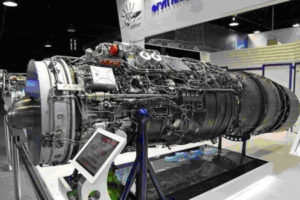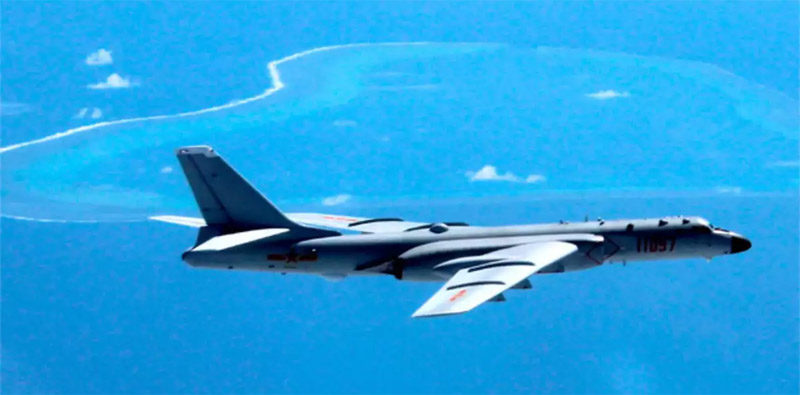Russia Hydrogen-Power 6G Fighter Jet.
Feb 23, 2020 7:59 AM
Russia is ready for a breakthrough in the transition to sixth-generation technology

Presently, the development of traditional military aircraft construction has reached the natural plateau of the technologies used. It is difficult to image something fundamentally new, which does not fit into the hundreds of times worked out mainline trend of creating platforms for fighter jets and other combat aircraft. The announced transition from the fifth to the sixth generation of the Air Force should be marked by even more advanced avionics and weapons systems, as well as other levels of active/passive board protection… Of course, the use of artificial intelligence and new composite materials can bring the business of producing innovative initiatives to a previously inaccessible height.
However, if we compare this type of engineering creation with an unexpected, though seemingly well-prepared, breakthrough achieved by the Russians in the field of rocket engineering (we are talking about the “Avangard”, “Kinzhal” and other systems), it becomes obvious that there is nothing fundamentally new in aircraft building in the twenty-first century. Bringing the APC (aircraft performance characteristics) and combat characteristics on board to an unimaginable height will not allow to change the strategy of their use, as the design itself naturally laid down the maximum allowable values in terms of speed, secrecy, application (that is, the dynamic and practical ceiling of a machine).
Exit From The Gravitational “Well” Of Our Planet
But what became a verdict for the civil sphere, in fact, had no effect on the possible military aspect of the “hydrogen” project. For fighter aircraft, the ratio of costs and economic efficiency, calculated in monetary units, plays only a minor role.
Preliminary bench tests of the prototype, Hypersonic Flying Laboratory, were carried out in the Central Institute of Aviation Motors. In those years, V.A. Sosunov, R.I. Kurziner and D.A. Ogorodnikov supervised the work. Bear in mind, the baby was really original. The engine worked as usual straight through with speeds from Mach 3 to 5. When this threshold is exceeded, the automatics changed the places of fuel supply to the combustion chamber, and the unit turned into a hypersonic one. A total of 7 flights were performed in those years, achieving very encouraging results, a stable speed of Mach 5.6. In this regard, in 2005 at MAKS at one of the Russian stands a model of the hypersonic aircraft “Igla” was presented.
According to the stated characteristics, such a vehicle with a crew on board or in drone mode reaches a speed of Mach 14 in 50 seconds! It should be noted, however, that so far, that is, in 14 years, experts still consider the figure of Mach 5-7 to be more realistic. Such a device is quite capable of becoming a low-orbit fighter capable of operating in the “atmosphere-near space” mode.
A Sixth-Generation Hydrogen Fighter Jet
Thus, it turns out that it is hydrogen fuel, which runs the Russian prototype engine, allows the development of extreme speed and close approach the creation of a new class of machines of the sixth generation. According to preliminary estimates by some experts, it is possible that in 2025 we will see in the metal a new type of combat vehicle, running on clean cryogenic fuel.
In our era of drones, the combat use of machines working in near space may consist of “swarms” of drones, obeying to swarm artificial intelligence.
Courtesy: opera.com

